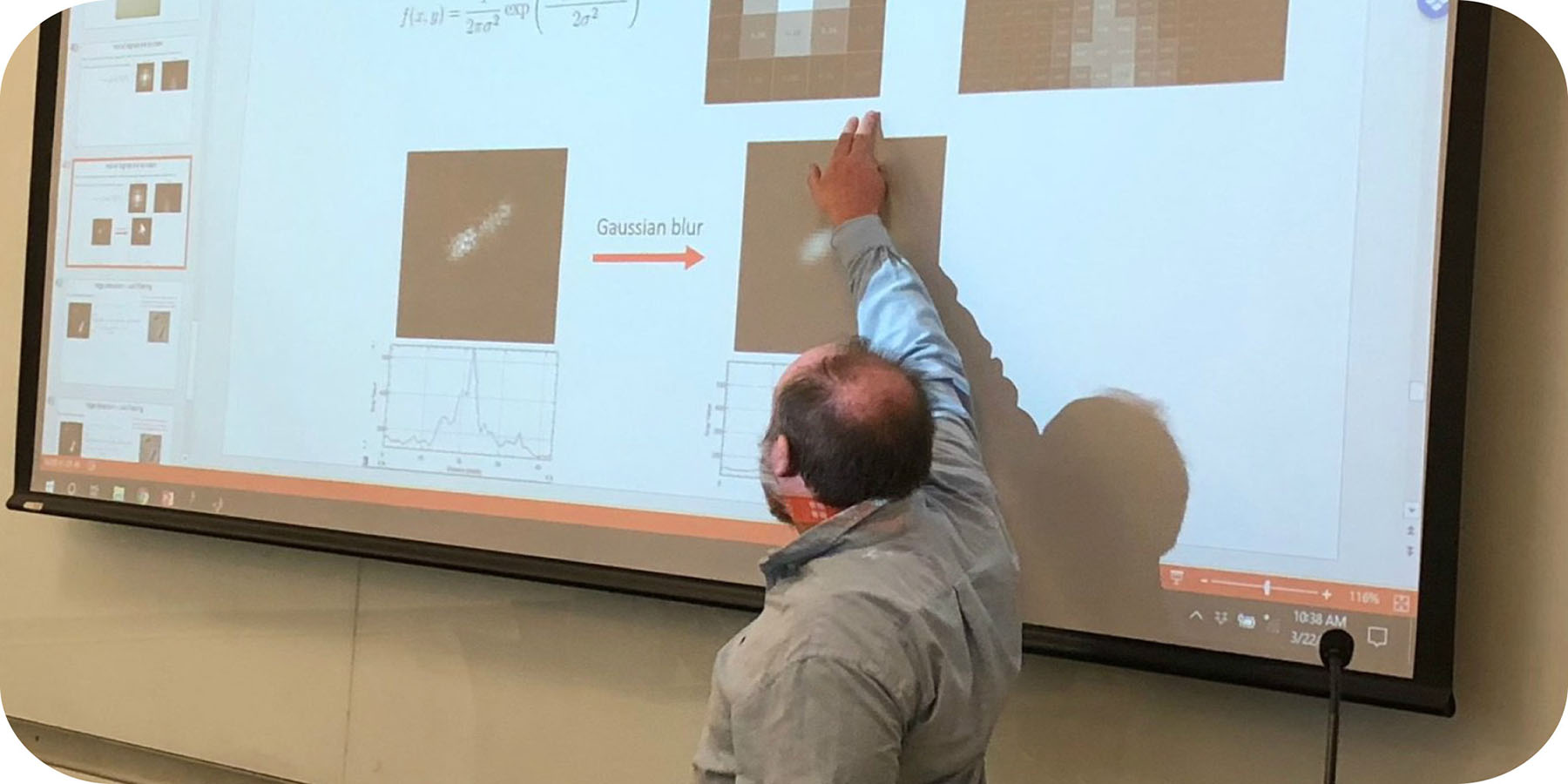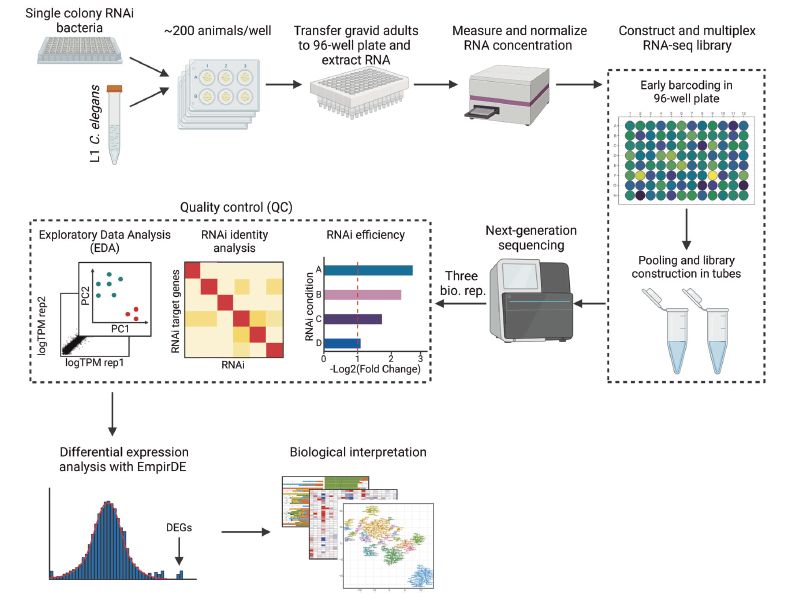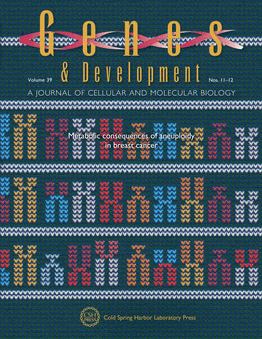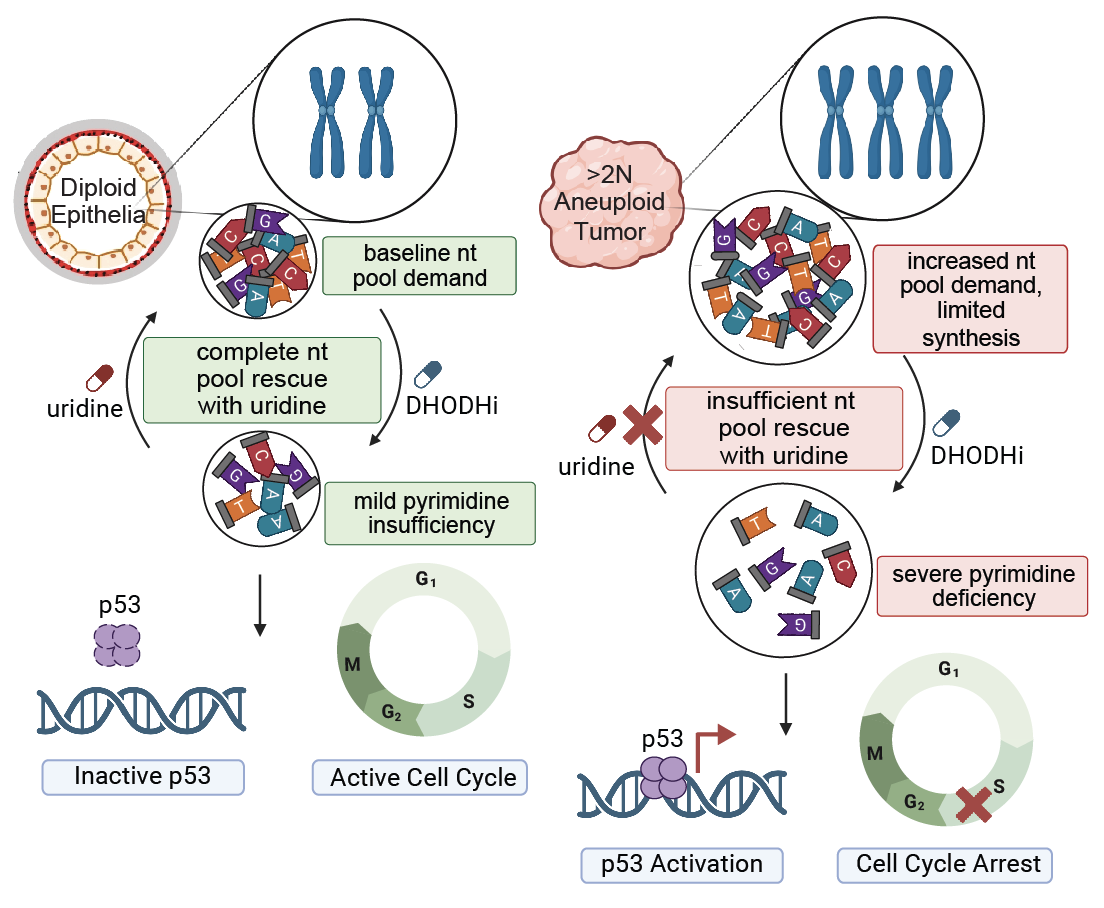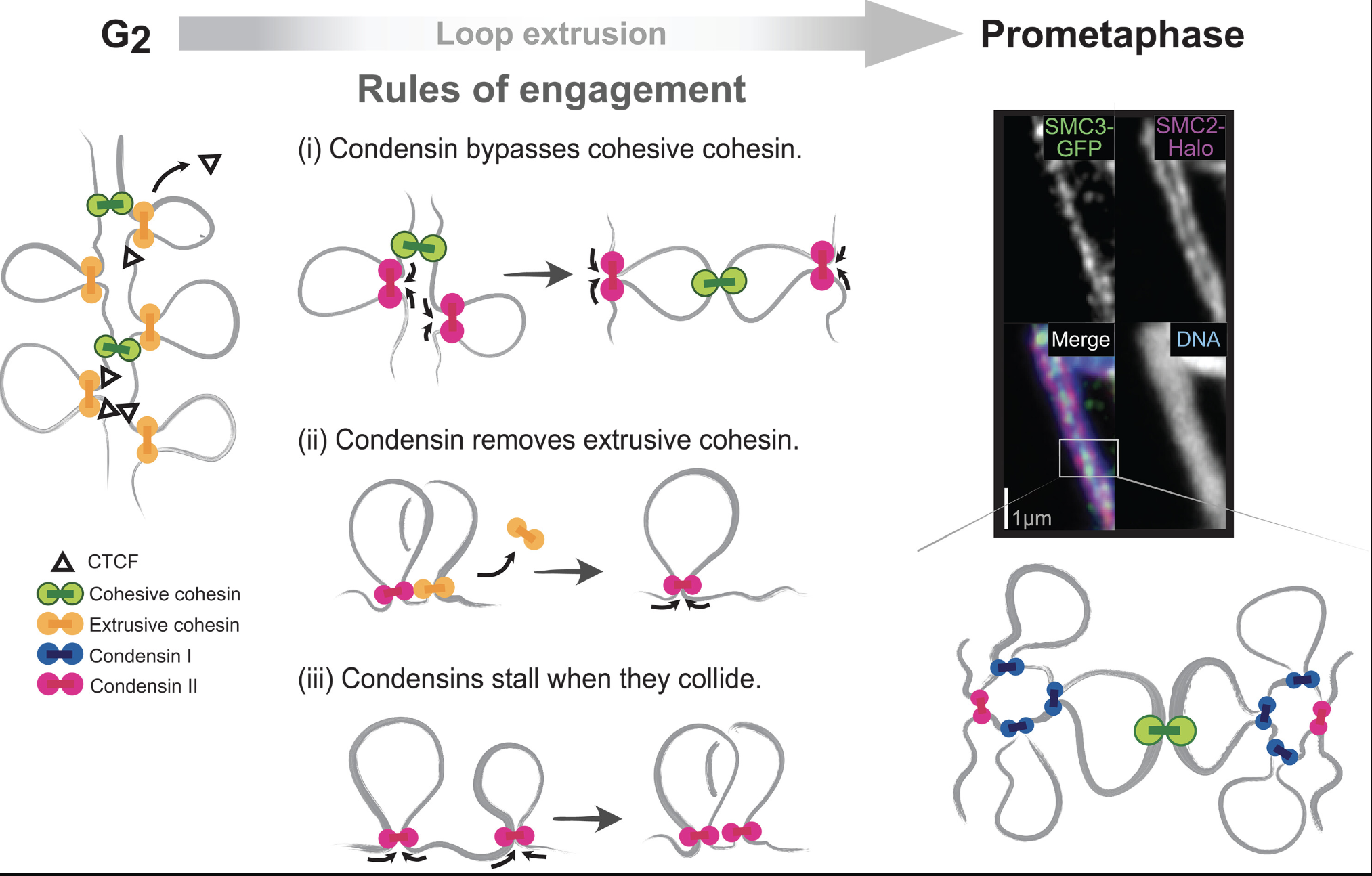About the Department of Systems Biology
One of the defining features of living organisms is their astonishing complexity. Even seemingly simple single cell organisms such as microbes display exceedingly complex behaviors, determined by intricate molecular networks in which large numbers of molecular components, pathways and chemical reactions act together. These behaviors have fascinated scientists for decades and include development, response to pathogenic and environmental insults and interactions with other organisms. Understanding how complexity of living systems arises and coordinates cellular function and pathologies continues to be one of the principal goals of biomedical research today. Read more about how the Department of Systems Biology tackles these questions on our Research and About pages.
The Department of Systems Biology (DSB) studies how biological complexity can be derived and understood from the interplay between individual components and processes that make up living organisms.
For information about our Graduate and Summer Undergraduate Programs as well as the application process, please see our Education Page.
DSB Spotlight
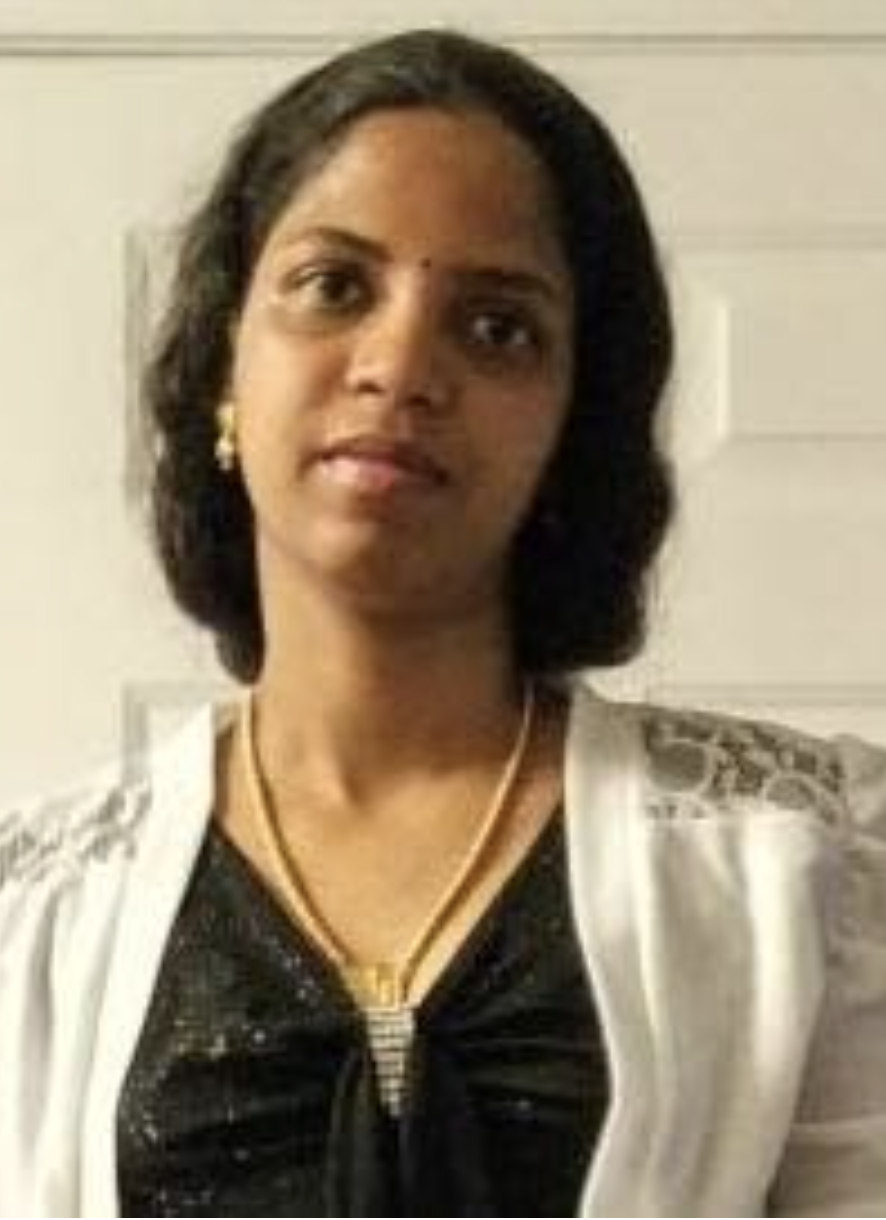
A new paper published in Science from the Brewster lab finds a universal relationship between the fold-change enacted by a TF and the constitutive strenth of a regulated promoter across a diverse set of TFs, allowing gene expression buffering against perturbations to maintain cellular homeostasis. Learn more about this work, highlights from the experimental journey and the first author Vinu Parisutham in this Q&A.
Read the paper: E. coli transcription factors regulate promoter activity by a universal, homeostatic mechanism
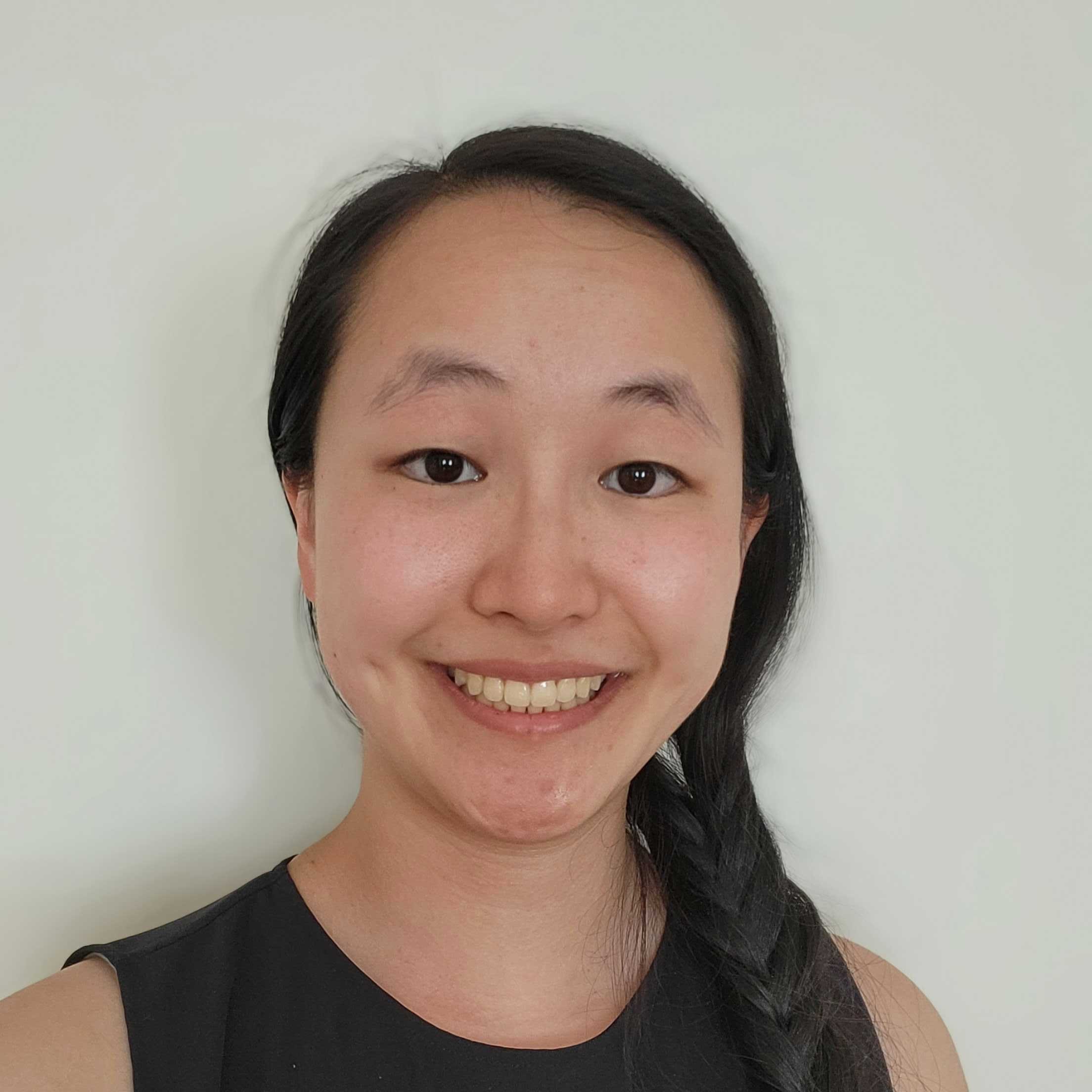
A new paper published in npj Antimicrobials and Resistance from the Mitchell Lab finds that it is possible to predict whether a given bacteria is capable of inactivating an antimicrobial drug based on growth curve shapes when the bacteria is grown at subinhibitory antimicrobial concentrations. Learn more about this work, highlights from the experimental journey and the first author Carmen Li in this Q&A.
Read the paper: Predicting drug inactivation by changes in bacterial growth dynamics

Emma Watson has been named a 2025 HHMI Freeman Hrabowski scholar.
Read more about Emma, her research and the Freeman Hrabowski award here.
DSB Seminar Series
|
All seminars will take place at 11am in AS6-2072 (unless otherwise noted) |
| David Pellman, MD |
| Professor, Harvard Medical School |
| Title: "Mechanisms driving the rapid evolution of genomes" |
| December 11, 2025 |
| Host - Emma Watson |
| Norbert Perrimon, PhD |
| Professor, Harvard Medical School |
| Title: "Systems-Level Insights into Inter-Organ Communication and Metabolic Regulation in Drosophila" |
| January 8, 2026 |
| Host: Daniel Bondeson |
| John Doench, PhD |
| Director of Research and Development in the Genetic Perturbation Platform, Broad Institute |
| January 29, 2026 |
| Host: Jolanda van Leeuwen |
| Stirling Churchman, PhD |
| Professor, Harvard Medical School |
| February 12, 2026 |
| Host: Marian Walhout |
| Alison Taylor, PhD |
| Assistant Professor, Columbia University Medical Center |
| February 19, 2026 |
| Host: Emma Watson |
Recent Publications
|
E. coli transcription factors regulate promoter activity by a universal, homeostatic mechanism |
| Science. 2025 Sept 11 |
| Vinuselvi Parisutham, Sunil Guharajan, Melina Lian, MD Zulfikar Ali, Hannah Rogers, Shannon Joyce, Mariana Noto Guillen, Robert C Brewster |
|
Predicting drug inactivation by changes in bacterial growth dynamics |
| npj Antimicrobials and Resistance. 2025 Sept 9 |
| Carmen Li, Serkan Sayin, Ethan Hau Chian Chang, Amir Mitchell |
|
RNA Pol II inhibition activates cell death independently from the loss of transcription |
| Cell. 2025 Aug 15 |
| Nicholas W. Harper, Gavin A. Birdsall, Megan E. Honeywell, Kelly M. Ward, Athma A. Pai, Michael J. Lee |
|
Worm Perturb-Seq: massively parallel whole-animal RNAi and RNA-seq |
| Nature Communications. 2025 May 23 |
| Hefei Zhang, Xuhang Li, Dongyuan Song, Onur Yukselen, Shivani Nanda, Alper Kucukaral, Jingyi Jessica Li, Manuel Garber, Albertha J.M. Walhout |
Aneuploidy generates enhanced nucleotide dependency and sensitivity to metabolic perturbation |
||
| Genes & Development. 2025 May 5 | ||
| Rayna Y. Magesh, Arshia N. Kaur, Faith N. Keller, Abdulrazak Frederick, Tenzin Tseyang, John A. Haley, Alejandra M. Rivera, Anthony C. Liang, David A. Guertin, Jessica B. Spinelli, Stephen J. Elledge, Emma V. Watson |
|
Rules of engagement for condensins and cohesins guide mitotic chromosome formation |
| Follow the rules in this summary video: Rules of Engagement |
| Science. 2025 April 11 |
| Kumiko Samejima, Johan H. Gibcus, Itaru Samejima, Alison J. Beckett, Nina Puǎčeková, Maria Alba Abad, Christos Spanos, Bethan Medina-Pritchard, James R. Paulson, Linfeng Xie, A. Arockia Jeyaprakash, Ian A. Prior, Leonid A. Mirny, Job Dekker, Anton Goloborodko, William C. Earnshaw |


